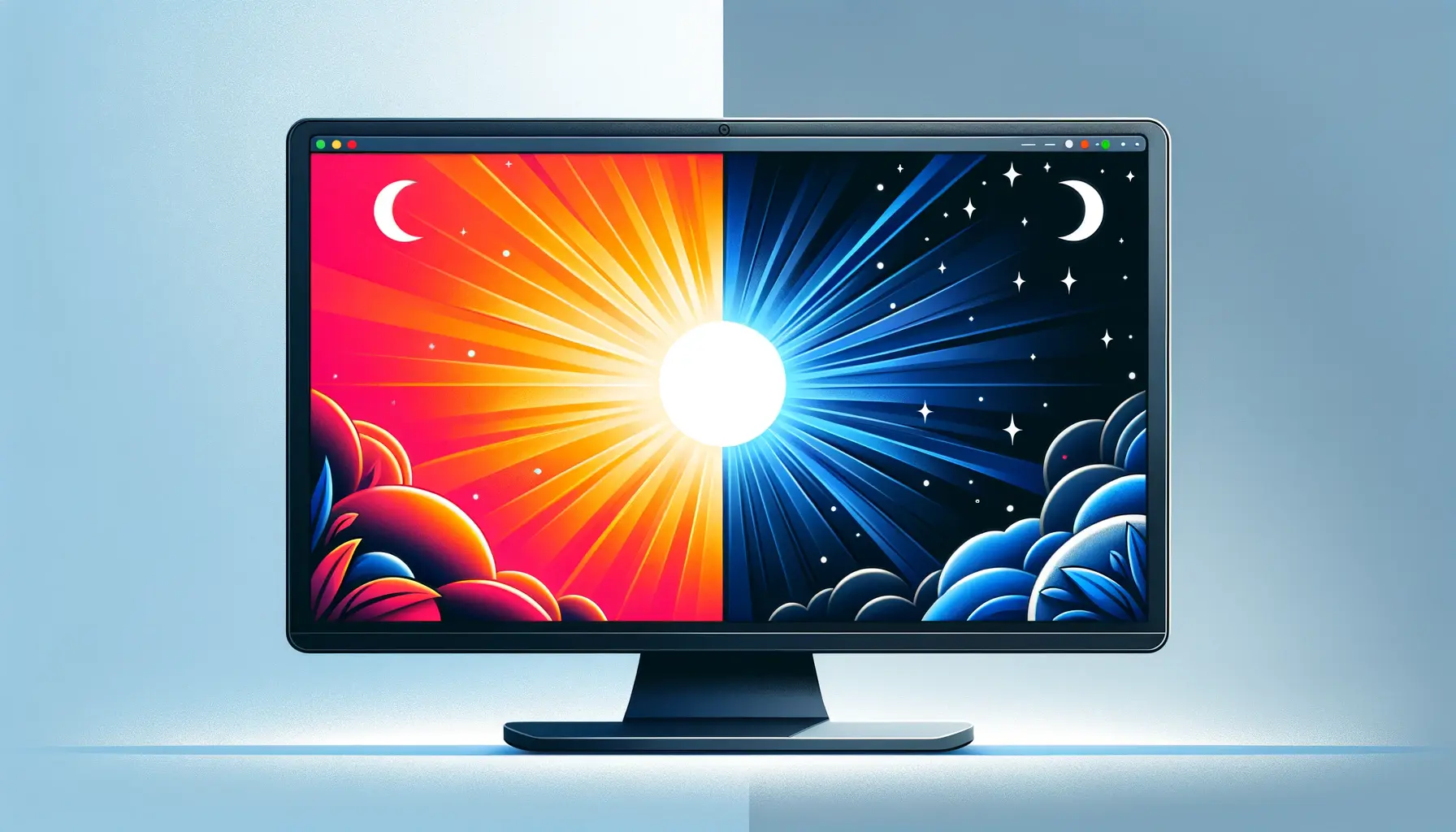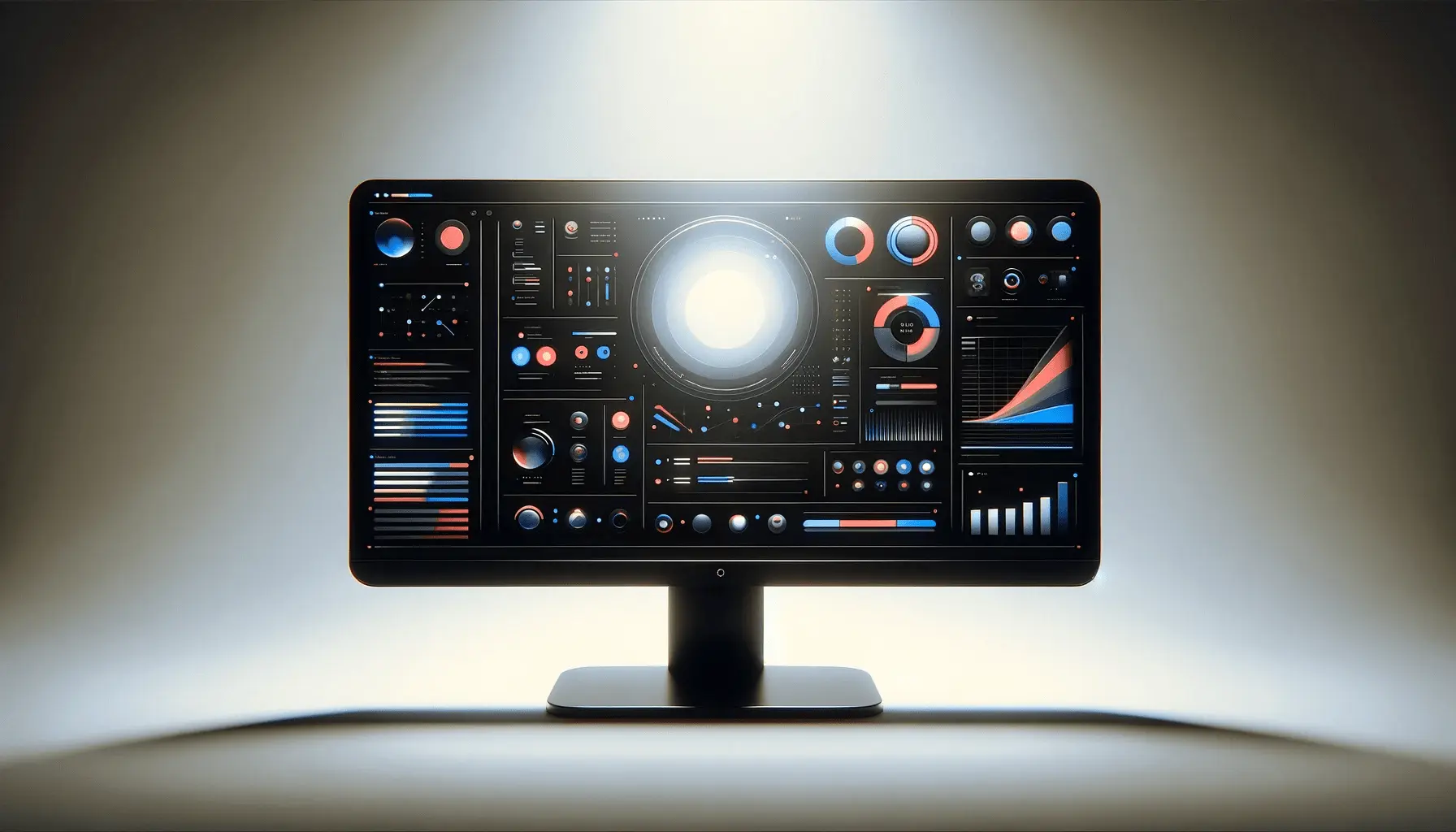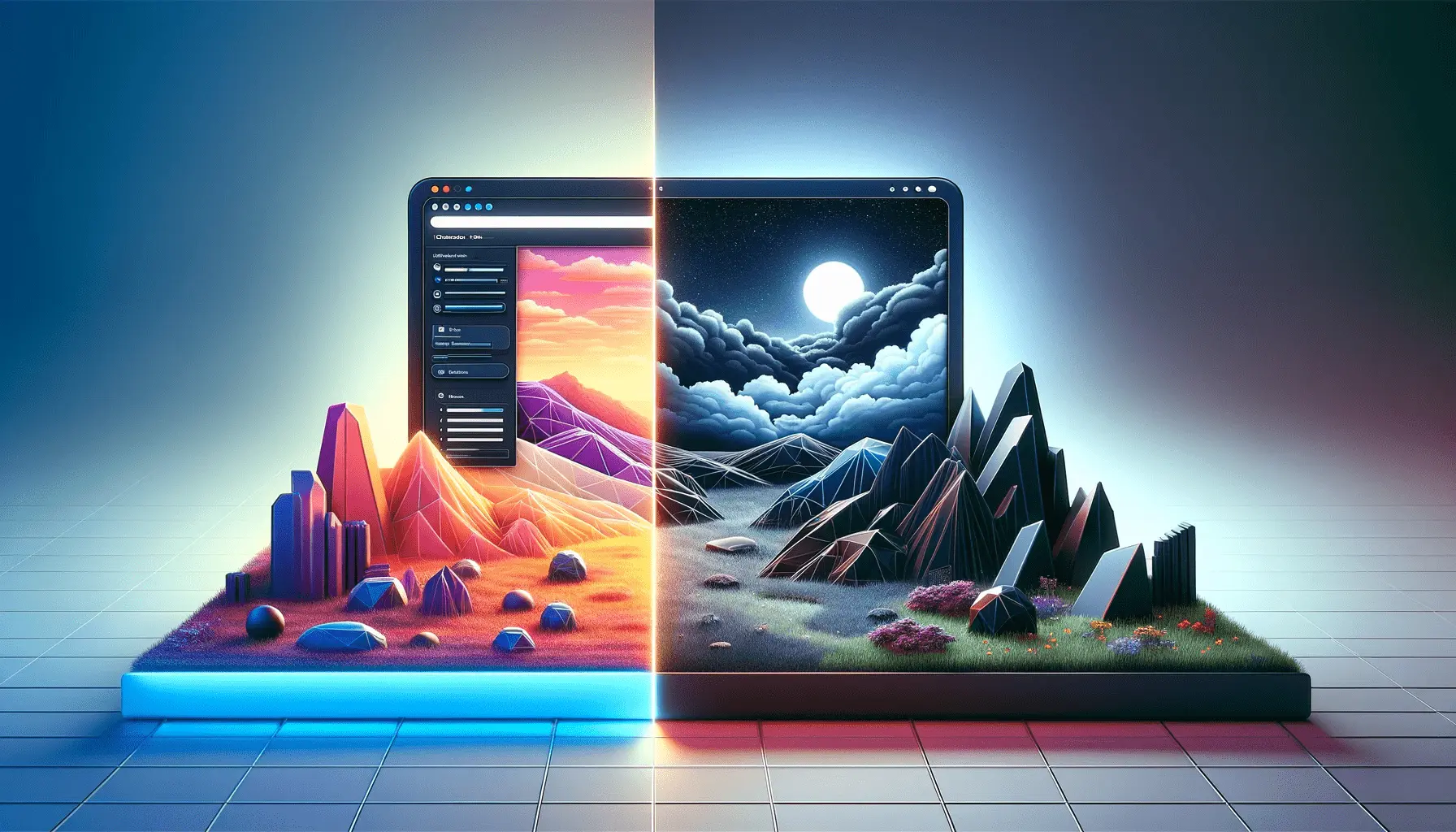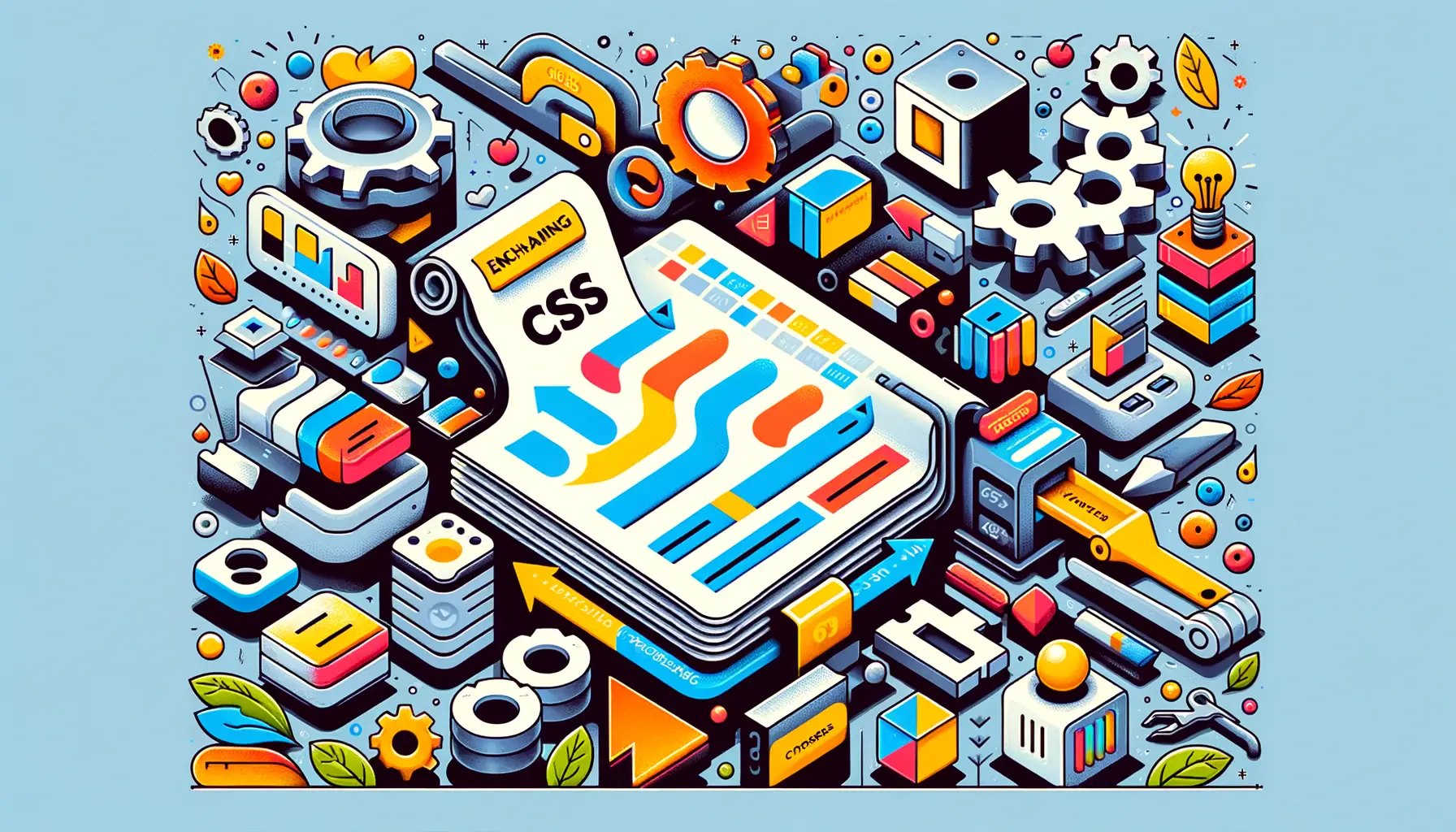The evolution of web design and development has witnessed numerous advancements, but one of the most transformative has been the introduction and adoption of writing modes in CSS.
This feature has revolutionized the way text is presented on web pages, catering to a global audience by supporting various languages and their inherent writing directions.
The significance of writing modes extends beyond mere text orientation; it encompasses accessibility, design flexibility, and user experience, making it a pivotal aspect of modern web development.
Writing mode in CSS refers to the layout direction of text, blocks, and inline elements on a web page.
It determines whether text is laid out horizontally or vertically and the direction in which blocks progress.
This capability is crucial for languages that do not follow the left-to-right, top-to-bottom script, such as Arabic, Hebrew, Japanese, and Chinese.
By embracing writing modes, developers can create more inclusive and versatile web experiences that respect cultural and linguistic diversity.
- Understanding CSS Writing Modes
- Applications of Writing Modes in Web Design
- Challenges and Considerations in Implementing Writing Modes
- Best Practices for Using Writing Modes in CSS
- Innovative Design Solutions with Writing Modes
- Global Impact and Cultural Considerations
- Future Directions of Writing Modes in Web Development
- Embracing the Future with Writing Modes in CSS
- FAQs on Writing Mode in CSS
Understanding CSS Writing Modes
The core concept of writing modes in CSS revolves around the ‘writing-mode’ property.
This property allows developers to define the directionality of text and its flow within a container.
It supports several values, including horizontal-tb (top to bottom), vertical-rl (right to left), and vertical-lr (left to right), among others.
This flexibility is instrumental in designing web pages that cater to various languages and scripts, ensuring that content is accessible and readable for a wide range of users.
Implementing writing modes goes beyond merely adjusting text orientation; it influences layout design, element positioning, and the overall visual hierarchy of a page.
For instance, a vertical writing mode can transform the layout of a webpage, enabling sidebars, navigation menus, and other elements to align with the text’s flow.
This alignment not only enhances aesthetic appeal but also improves user navigation and engagement, particularly for readers accustomed to vertical scripts.
Benefits of Utilizing Writing Modes
The adoption of writing modes in CSS offers numerous benefits, from enhancing accessibility to providing creative design opportunities.
By supporting right-to-left (RTL) and top-to-bottom (TTB) languages, websites become more inclusive, reaching a broader audience.
This inclusivity is crucial for global brands and multilingual websites aiming to cater to diverse user bases.
Additionally, writing modes enable innovative design solutions, allowing developers to experiment with layout orientations and present content in unique, visually engaging ways.
Another significant advantage is the improvement in user experience.
Tailoring the text orientation and layout to match the native writing direction of a language can drastically enhance readability and comprehension.
Users are more likely to engage with content that respects their linguistic and cultural norms, leading to increased satisfaction and reduced bounce rates.
Furthermore, the proper implementation of writing modes can contribute to SEO efforts, as search engines value user-friendly, accessible websites.
The rise of writing modes in CSS marks a significant milestone in web development, offering a blend of accessibility, design flexibility, and enhanced user experience.
Applications of Writing Modes in Web Design
The versatility of writing modes in CSS has opened up a plethora of applications in web design, enabling developers and designers to craft experiences that were once difficult or impossible to achieve.
From enhancing the readability of multilingual websites to creating dynamic, responsive layouts, the applications of writing modes are vast and varied.
One of the primary applications of writing modes is in the development of multilingual websites.
By adjusting the writing direction to match the native script of a language, developers can ensure that content is presented in a manner that is both culturally and linguistically appropriate.
This consideration is crucial for websites that serve diverse audiences, as it enhances accessibility and user engagement.
Responsive Web Design
Writing modes play a crucial role in responsive web design, allowing layouts to adapt to various screen sizes and orientations seamlessly.
By leveraging vertical or horizontal text orientations, designers can create flexible layouts that maintain readability and usability across devices.
This adaptability is essential in today’s mobile-first world, where users access content on a wide range of devices.
For instance, a website might employ a horizontal writing mode for desktop displays but switch to a vertical mode for mobile devices, optimizing space usage and improving text legibility.
This dynamic adjustment enhances the user experience by ensuring that content is easy to read and interact with, regardless of the device used.
Enhanced User Interfaces
- Navigation Menus: Writing modes can transform the design of navigation menus, enabling vertical orientation for sidebars or headers. This orientation can be particularly effective for languages written in vertical scripts, aligning the menu with the text’s natural flow.
- Form Layouts: In multilingual forms, writing modes ensure that labels, inputs, and instructions align with the user’s reading direction, improving form usability and reducing errors during submission.
- Content Presentation: Writing modes offer creative ways to present content, such as articles, galleries, or product descriptions. By experimenting with different text orientations, designers can highlight key information and guide the user’s eye through the content.
Incorporating writing modes into web design not only enhances accessibility and user experience but also opens up new avenues for creative expression and layout innovation.
Challenges and Considerations in Implementing Writing Modes
While the implementation of writing modes in CSS offers numerous benefits, it also presents several challenges and considerations for web developers and designers.
Understanding these potential hurdles is crucial for effectively utilizing writing modes in web projects.
Browser Compatibility
One of the primary challenges in implementing writing modes is ensuring cross-browser compatibility.
While modern browsers generally support the ‘writing-mode’ property, discrepancies in implementation can lead to inconsistencies across different platforms.
Developers must rigorously test their designs on various browsers to ensure that text orientation and layout behave as expected.
Tools like Can I Use provide valuable insights into the level of support for writing modes across browsers, aiding in compatibility checks.
Furthermore, fallback strategies may be necessary for older browsers that do not support writing modes.
Employing feature detection libraries like Modernizr allows developers to implement alternative layouts or styles for browsers lacking support, ensuring that content remains accessible and legible.
Layout and Design Adjustments
Adopting writing modes often requires significant adjustments to website layouts and design elements.
Elements that were originally designed for horizontal layouts may not seamlessly translate to vertical orientations, necessitating redesign or reconfiguration.
This adjustment includes rethinking navigation structures, content hierarchy, and visual balance to accommodate different text directions.
- Navigation Placement: Vertical writing modes may require repositioning navigation menus to align with the flow of text, potentially altering the website’s overall layout.
- Content Hierarchy: The visual hierarchy of content might need reevaluation to ensure that key information remains prominent and engaging in different writing modes.
- Visual Balance: Designers must consider the balance of visual elements, ensuring that images, icons, and other non-text content harmonize with the text’s orientation and flow.
Accessibility Considerations
Ensuring accessibility is paramount when implementing writing modes.
Text orientation should not impede the ability of screen readers and other assistive technologies to accurately interpret and convey content.
ARIA (Accessible Rich Internet Applications) roles and properties may need to be adjusted to reflect changes in layout and text direction, ensuring that all users can navigate and understand the website.
Additionally, user preferences for text orientation should be considered.
Providing options for users to switch between writing modes can enhance accessibility and user satisfaction, particularly for bilingual or multilingual individuals who may prefer one orientation over another.
Thorough testing and user feedback are essential in addressing the challenges of implementing writing modes, ensuring that web designs are both functional and inclusive.
Best Practices for Using Writing Modes in CSS
Effectively implementing writing modes in CSS requires adherence to best practices that ensure compatibility, usability, and accessibility.
By following these guidelines, developers and designers can leverage writing modes to create more inclusive and versatile web experiences.
Progressive Enhancement
Adopting a progressive enhancement approach is crucial when integrating writing modes into web projects.
Start with a basic layout that supports the majority of browsers, including those with limited CSS capabilities.
Then, enhance the layout with writing modes for browsers that support them.
This strategy ensures that your website remains accessible and functional across all platforms, prioritizing content accessibility over advanced layout features.
Progressive enhancement emphasizes the importance of content being king.
The layout enhancements provided by writing modes should not hinder the accessibility of the content itself.
By structuring your HTML semantically and using CSS for presentation, you ensure that the content’s meaning and structure are preserved, regardless of the browser’s capabilities.
Responsive Design Integration
Writing modes should be integrated thoughtfully within the broader context of responsive design.
Consider how writing modes interact with other responsive design techniques, such as media queries and flexible layouts.
For example, a website might switch from a horizontal to a vertical writing mode based on the viewport size or device orientation, enhancing readability and user experience on mobile devices.
When integrating writing modes with responsive design, it’s essential to test layouts extensively across different devices and orientations.
This testing ensures that the transition between writing modes is seamless and does not disrupt the user’s interaction with the website.
Typography and Readability
- Font Selection: Choose fonts that support the desired writing modes and languages. Not all fonts are optimized for vertical text orientation or specific scripts, so selecting appropriate typefaces is crucial for maintaining readability.
- Line Length and Spacing: Adjust line length and spacing to enhance readability in different writing modes. Vertical text may require different spacing considerations compared to horizontal text to ensure that it remains legible and visually appealing.
- Alignment and Justification: Be mindful of text alignment and justification in different writing modes. Text alignment should complement the writing direction, enhancing the overall readability and aesthetic of the content.
Incorporating writing modes into your CSS repertoire opens up new possibilities for creative and accessible web design, but it requires careful planning and testing to ensure the best outcomes.
Innovative Design Solutions with Writing Modes
The introduction of writing modes in CSS has not only addressed the practical needs of multilingual websites but also opened up a new realm of creative possibilities for web designers.
By breaking free from the traditional horizontal layout constraints, designers can now explore innovative design solutions that enhance user engagement and differentiate their websites in a crowded digital landscape.
Vertical Text for Artistic Flair
One of the most visually striking applications of writing modes is the use of vertical text for artistic and design purposes.
Vertical text can add a unique visual element to web pages, drawing attention to headlines, navigation menus, or call-to-action buttons.
This technique can be particularly effective on landing pages or in digital magazines, where design and aesthetics play a crucial role in user engagement.
When implementing vertical text for design purposes, it’s important to consider the overall layout and how the vertical elements interact with other content on the page.
The goal is to enhance the design without compromising readability or usability.
Careful placement and sizing of vertical text elements can create a balanced and visually appealing layout that captivates users.
Dynamic Layouts with Mixed Writing Modes
Mixing writing modes within a single layout offers another avenue for creative web design.
By combining horizontal and vertical text orientations, designers can create dynamic, multi-dimensional layouts that break the monotony of traditional web pages.
This approach can be particularly effective for storytelling, guiding users through a narrative with a mix of text orientations that add rhythm and visual interest to the content.
However, mixing writing modes requires a thoughtful approach to ensure that the layout remains coherent and navigable.
Designers must carefully orchestrate the flow of content, using visual cues and consistent design elements to lead users through the mixed-orientation layout.
The result can be a compelling user experience that stands out for its creativity and innovation.
Enhancing Brand Identity
- Distinctive Typography: Writing modes can be leveraged to create distinctive typographic treatments that reinforce brand identity. Vertical or angled text can serve as a memorable visual signature, setting a brand apart from its competitors.
- Cultural Resonance: For brands targeting specific linguistic or cultural groups, using the appropriate writing mode can resonate deeply with the target audience, fostering a sense of cultural connection and authenticity.
- Interactive Experiences: Writing modes can also be used to craft interactive experiences that engage users in novel ways. For example, a website could allow users to switch between writing modes, offering a playful way to explore content and interact with the brand.
The creative use of writing modes in web design not only enhances the aesthetic appeal of a website but also offers a powerful tool for storytelling, brand differentiation, and cultural engagement.
Global Impact and Cultural Considerations
The adoption of writing modes in CSS transcends technical implementation, touching upon broader themes of global accessibility and cultural sensitivity.
As the internet continues to evolve as a global platform, the ability to present content in various writing modes becomes not just a design choice but a statement of inclusivity and respect for cultural diversity.
Supporting Global Languages
Writing modes are instrumental in creating websites that support global languages, particularly those with scripts that do not conform to the Latin-based, left-to-right orientation.
This support is crucial for providing equitable access to information and services online, ensuring that users worldwide can engage with content in their native languages.
By accommodating different writing modes, developers and designers play a pivotal role in bridging linguistic gaps and fostering a more inclusive digital environment.
Moreover, the correct implementation of writing modes can enhance the SEO performance of multilingual websites.
Search engines increasingly value user experience as a ranking factor, and websites that cater to the linguistic and cultural preferences of their audience are likely to perform better in search results.
This alignment between technical SEO and user-centric design underscores the importance of writing modes in contemporary web development.
Cultural Sensitivity in Design
Integrating writing modes into web design also requires a deep understanding of cultural nuances associated with different scripts.
Beyond mere text orientation, cultural considerations might influence typography, color schemes, imagery, and overall design aesthetics to ensure that the website resonates with its intended audience.
Designers must engage in cultural research and possibly consult with cultural experts to create designs that are not only visually appealing but also culturally appropriate and respectful.
- Typography: Selecting typefaces that are not only technically compatible with various writing modes but also culturally resonant can significantly impact the user’s connection with the content.
- Imagery and Icons: Visual elements should complement the writing mode and cultural context, avoiding stereotypes and ensuring relevance and sensitivity.
- Layout and Navigation: The layout should facilitate a seamless user experience, respecting cultural norms related to reading patterns and information hierarchy.
Championing Diversity Through Web Design
Ultimately, the thoughtful implementation of writing modes in CSS is a testament to the web’s capacity to champion diversity and inclusivity.
By enabling content to be presented in a manner that is both linguistically accurate and culturally respectful, web developers and designers contribute to a more accessible and diverse online ecosystem.
This commitment to inclusivity not only enhances the user experience for a global audience but also enriches the web as a platform for cultural exchange and understanding.
Embracing writing modes in web design is a powerful way to acknowledge and celebrate the rich tapestry of languages and cultures that make up our global community, making the internet a more welcoming space for everyone.
Future Directions of Writing Modes in Web Development
The integration of writing modes into CSS represents a significant leap forward in web development, but it also opens the door to future innovations and challenges.
As technology evolves and global digital communication continues to grow, the role of writing modes in web development is set to become even more critical.
This evolution will likely be characterized by enhanced browser support, more sophisticated layout controls, and a deeper understanding of the intersection between language, culture, and design.
Enhanced Browser Support and Standardization
Future developments in writing modes will likely include broader and more consistent support across all major browsers.
As web standards continue to evolve, we can expect a greater emphasis on ensuring that writing modes work seamlessly across different platforms, reducing the need for workarounds and enhancing the overall user experience.
Standardization efforts by bodies such as the World Wide Web Consortium (W3C) will play a crucial role in this process, driving the adoption of best practices and ensuring that web content is accessible and inclusive by design.
Advanced Layout and Design Capabilities
As writing modes become more ingrained in web development practices, we can anticipate the introduction of more advanced layout and design capabilities.
These might include new CSS properties and values that offer finer control over text orientation, alignment, and flow, enabling designers to create more complex and dynamic layouts.
Additionally, the integration of writing modes with other CSS features, such as grid and flexbox, will likely become more intuitive, allowing for innovative design solutions that were previously difficult to achieve.
Deeper Integration with Globalization and Localization Strategies
The future of writing modes is also closely tied to the broader trends of globalization and localization in digital content.
As businesses and organizations strive to reach a global audience, the ability to adapt web content to different languages and scripts will become increasingly important.
Writing modes will be a key component of this adaptation, enabling developers to create websites that are not only multilingual but also culturally and linguistically appropriate for their intended audiences.
- Automated Language Detection: Future web development tools may offer more sophisticated automated language detection, automatically applying the appropriate writing mode based on the content’s language.
- Cultural Customization: We may see more advanced tools and frameworks that facilitate cultural customization of web content, including typography, layout, and design elements, all optimized for specific writing modes.
- User-Defined Preferences: Enhanced support for user-defined preferences regarding writing modes and text orientation could improve accessibility and user satisfaction, allowing individuals to tailor their web experience to their own needs and preferences.
The evolution of writing modes in web development reflects the ongoing journey towards a more inclusive, accessible, and diverse digital world.
As we look to the future, the continued innovation and adoption of writing modes will undoubtedly play a pivotal role in shaping the next generation of web experiences, making the internet a more welcoming place for users from all linguistic and cultural backgrounds.
Embracing the Future with Writing Modes in CSS
The journey through the intricacies of writing modes in CSS underscores a pivotal shift in web development towards embracing global diversity and enhancing user experience.
As we’ve explored, the rise of writing modes is not merely a technical advancement; it represents a broader commitment to inclusivity, accessibility, and the celebration of linguistic and cultural diversity on the web.
The implications of this shift are profound, offering both challenges and opportunities for developers, designers, and users alike.
Key Takeaways and Future Prospects
From enhancing the readability of multilingual websites to enabling creative design solutions, writing modes have proven to be a versatile tool in the web developer’s arsenal.
However, the journey does not end here.
The future of writing modes in CSS promises even greater possibilities for innovation and inclusivity, driven by ongoing advancements in browser support, standardization, and integration with global content strategies.
- Enhanced browser support and standardization will ensure that writing modes work seamlessly across different platforms, making the web more accessible to users worldwide.
- Advanced layout and design capabilities will enable developers and designers to push the boundaries of what’s possible, creating more dynamic and engaging web experiences.
- The integration of writing modes with globalization and localization strategies will play a crucial role in making digital content more culturally and linguistically appropriate for diverse audiences.
In this evolving landscape, the role of writing modes in CSS is set to expand, offering new ways to address the challenges of a globalized internet.
As developers and designers, we have the opportunity to leverage these tools to create web experiences that are not only visually stunning but also deeply respectful of the rich tapestry of languages and cultures that make up our global community.
Conclusion
The rise of writing modes in CSS is a testament to the web’s enduring power as a platform for innovation, communication, and cultural exchange.
By embracing writing modes, we can create websites that are not only more accessible and inclusive but also more reflective of the global diversity of the internet’s users.
As we look to the future, let us continue to explore and innovate, using writing modes and other CSS features to build a web that welcomes everyone, regardless of language or cultural background.
In doing so, we not only enhance the user experience but also contribute to a more connected and understanding world.
Quality web design is key for a great website! Check out our service page to partner with an expert web design agency.
FAQs on Writing Mode in CSS
Explore commonly asked questions about the versatile and inclusive feature of writing modes in CSS, enhancing web design and development.
The ‘writing-mode’ property in CSS defines whether text lines are laid out horizontally or vertically, and the direction blocks progress.
It supports various global languages by adjusting text layout to match native scripts, improving readability and user experience.
Yes, it enables innovative layouts by allowing vertical or mixed text orientations, offering unique design possibilities.
Common values include horizontal-tb (top to bottom), vertical-rl (right to left), and vertical-lr (left to right).
Modern browsers generally support ‘writing-mode’, but developers should test across platforms for consistency.
It works alongside properties like flexbox and grid, influencing layout direction and element positioning.
Challenges include ensuring cross-browser compatibility and adjusting designs to accommodate different text orientations.
By supporting multilingual content presentation, it makes websites more accessible and engaging for a global audience.











